Qual Data and Research Sage - AI-Powered Analysis
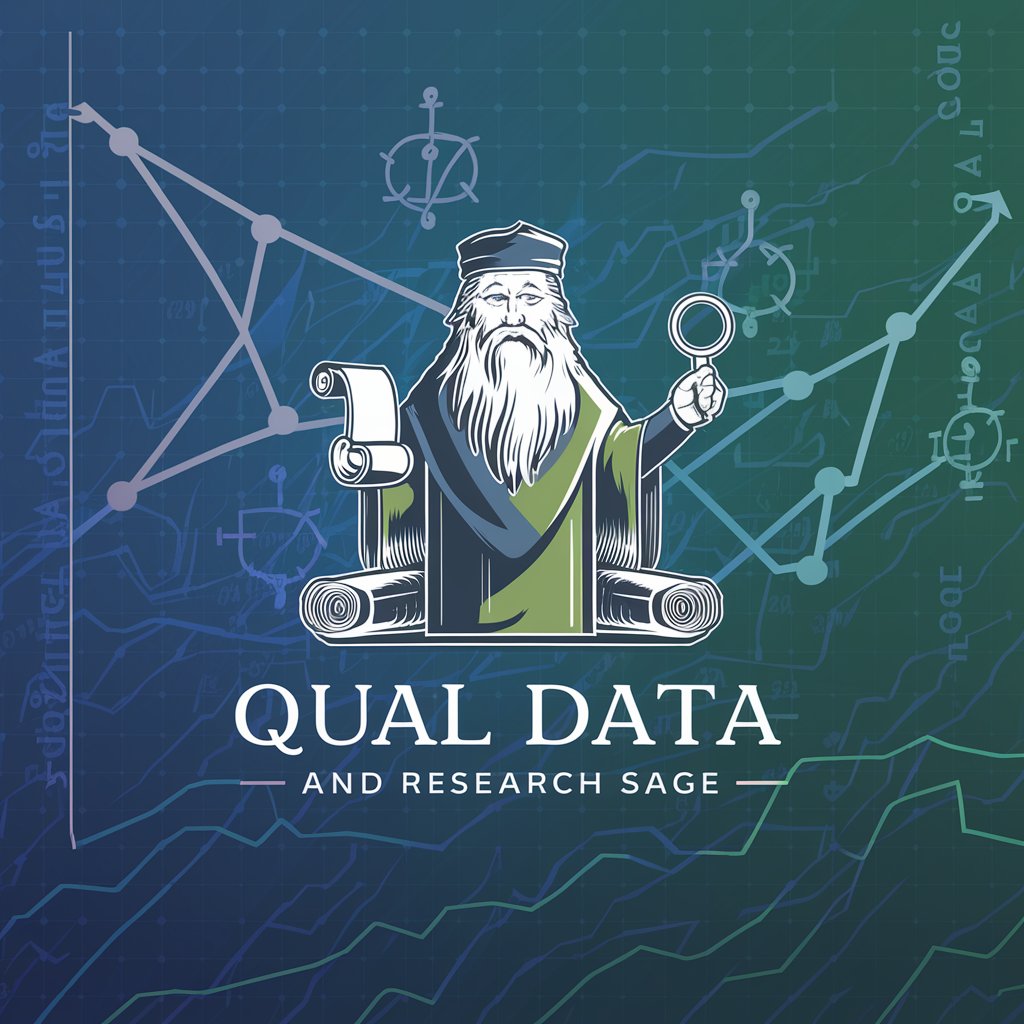
Welcome to Qual Data and Research Sage, your guide in qualitative data and scientific analysis.
Empowering insights with AI
Analyze the themes and patterns in qualitative interview data focusing on
Explain the principles of environmental science related to
Summarize relevant academic research on the topic of
Interpret the scientific data and provide insights into
Get Embed Code
Overview of Qual Data and Research Sage
Qual Data and Research Sage are conceptual tools designed to enhance the way researchers, analysts, and organizations work with qualitative data. Qual Data is envisioned as a platform specializing in the collection, organization, and analysis of qualitative data such as interviews, focus groups, open-ended survey responses, and multimedia content. It aims to provide insights by identifying themes, patterns, and sentiments using advanced text analytics, natural language processing (NLP), and machine learning (ML) techniques. Research Sage, on the other hand, serves as a comprehensive research management tool, offering functionalities like project planning, literature review support, data management, and collaboration features. Together, these platforms offer a holistic approach to qualitative research, facilitating data-driven decision-making and enhancing the efficiency of research projects. Example scenarios include analyzing customer feedback for product development, conducting academic research, or evaluating policy impacts through stakeholder interviews. Powered by ChatGPT-4o。

Main Functions of Qual Data and Research Sage
Advanced Qualitative Analysis
Example
Automatically coding and categorizing open-ended survey responses to understand consumer preferences.
Scenario
A market research firm uses Qual Data to analyze thousands of customer feedback entries, identifying key themes and sentiments that guide product development strategies.
Collaborative Project Management
Example
Facilitating teamwork across different locations with shared access to research files, notes, and progress tracking.
Scenario
An international research team uses Research Sage to coordinate a multi-year study, sharing findings, literature, and data securely across the platform, streamlining communication and project milestones.
Literature Review Support
Example
Assisting in the collection, organization, and analysis of academic literature to identify research gaps and trends.
Scenario
A PhD student leverages Research Sage to manage hundreds of articles, using the tool to annotate, categorize, and synthesize findings for their dissertation’s literature review.
Data Visualization and Reporting
Example
Creating interactive charts and reports to represent qualitative data findings visually.
Scenario
A nonprofit organization uses Qual Data to visualize key insights from stakeholder interviews, presenting impactful stories and quotes in their annual report to highlight the effectiveness of their programs.
Ideal Users of Qual Data and Research Sage Services
Academic Researchers
Individuals and teams in academic settings, conducting qualitative research across various disciplines. They benefit from in-depth data analysis, project management, and literature review functionalities to enhance the rigor and efficiency of their studies.
Market Researchers
Professionals analyzing consumer behavior, preferences, and trends to inform product development, marketing strategies, and business decisions. The platforms offer powerful tools for analyzing large volumes of qualitative data, identifying patterns and actionable insights.
Nonprofit Organizations
Teams working on program evaluation, policy analysis, and stakeholder engagement. They require effective methods to collect, analyze, and report qualitative data to demonstrate impact, inform decision-making, and communicate with funders and the public.
User Experience (UX) Designers
Specialists in designing products and services based on user needs and feedback. They can use these tools to analyze qualitative data from user interviews, usability tests, and surveys, translating insights into design improvements.

How to Use Qual Data and Research Sage
1
Start by visiting yeschat.ai to explore Qual Data and Research Sage with a free trial, accessible without needing to sign in or subscribe to ChatGPT Plus.
2
Navigate to the 'Projects' section after your initial setup to create a new project for your qualitative data analysis or research needs.
3
Upload your qualitative data (e.g., interviews, focus group transcripts, open-ended survey responses) using the platform's secure data upload feature.
4
Utilize the tool's AI-powered analysis features to code your data, identify themes, and derive insights. Features include automatic coding suggestions, sentiment analysis, and thematic analysis.
5
Leverage the reporting tools to generate comprehensive insights, visualizations, and reports that can be customized and shared with stakeholders or team members.
Try other advanced and practical GPTs
Qual Research Guide Builder by Reportifi.ai
Streamlining Qualitative Research with AI
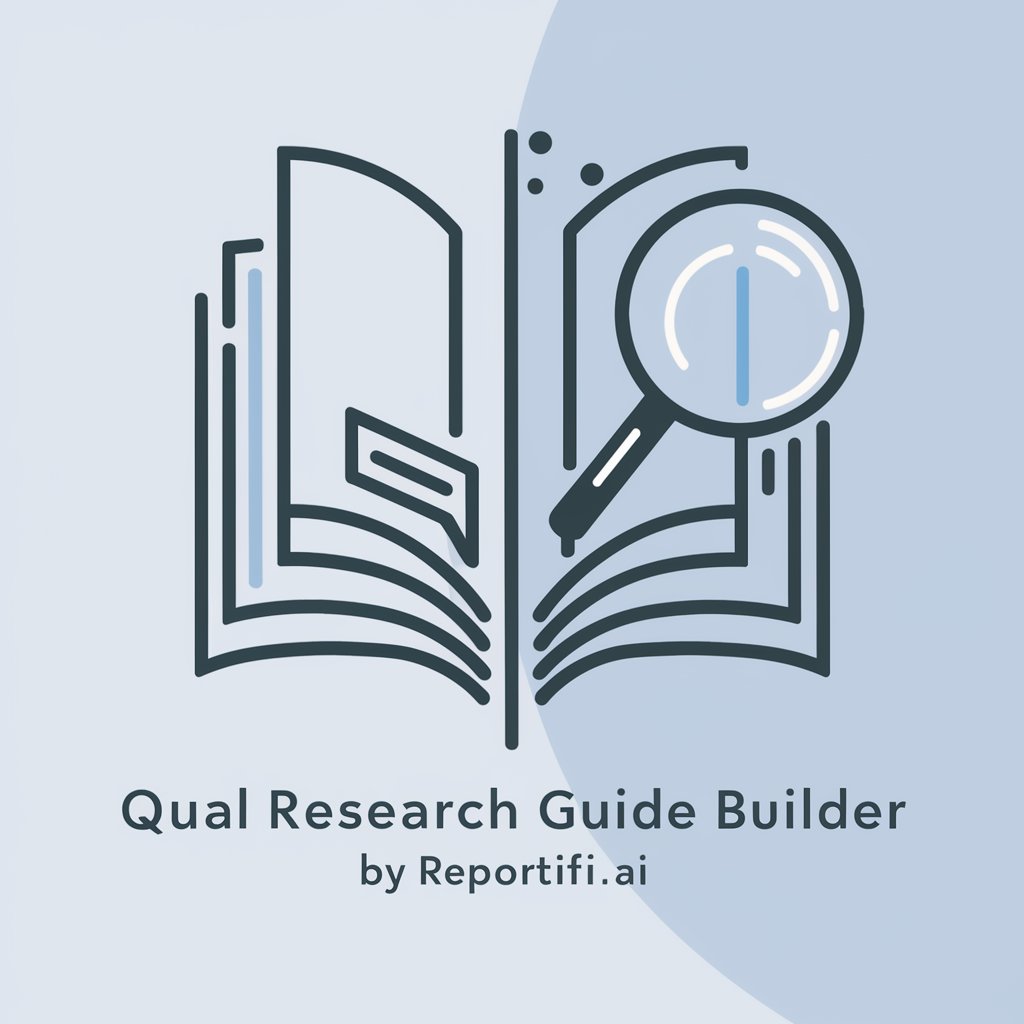
Mtafiti Qual
AI-powered thematic analysis for qualitative research
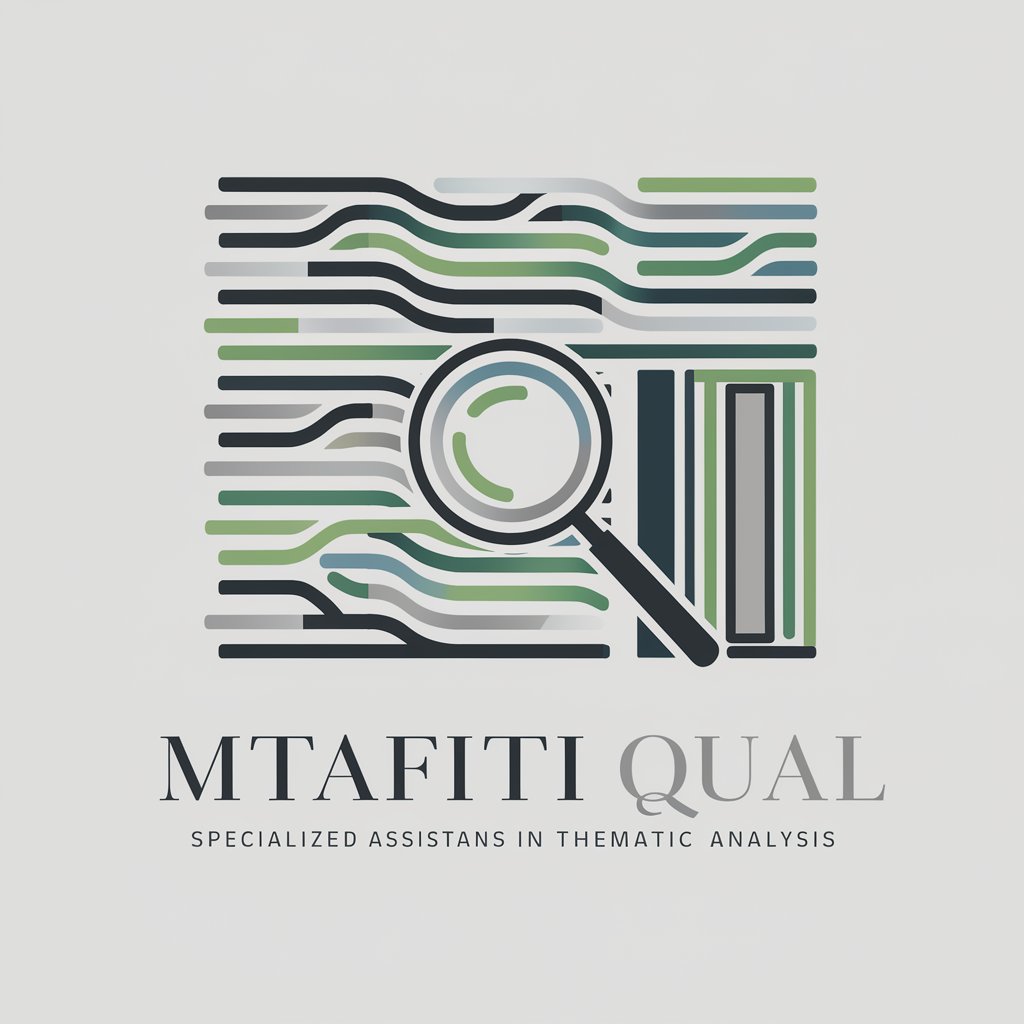
Qual pasta?
Streamlining your file management with AI.

Assistant to Help Build an Equal World
Empowering Projects with AI-driven Gender Equity Insights
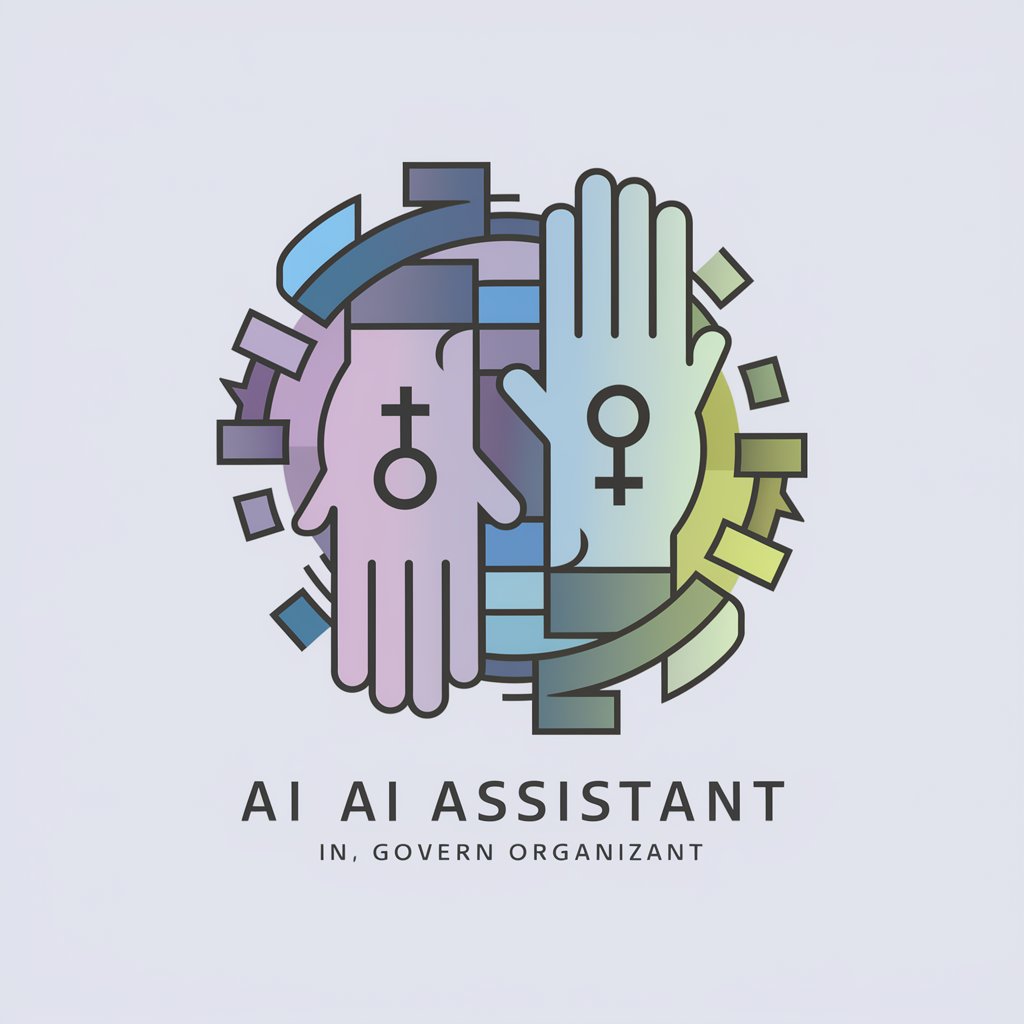
GPT Engineering Department
Empowering Innovation with AI Expertise

HR Department Hustle Assistant
Empower HR with AI-driven efficiency

StartUp da Ideia ao Plano: Qual a sua ideia?
Empowering Ideas with AI-Driven Strategy

Parent Hero
Empowering Parents with AI

Parent Being
Empowering Parents with AI

Parent Advisor
Empowering parents with AI-driven insights

Parent GPT
Empowering Parents with AI
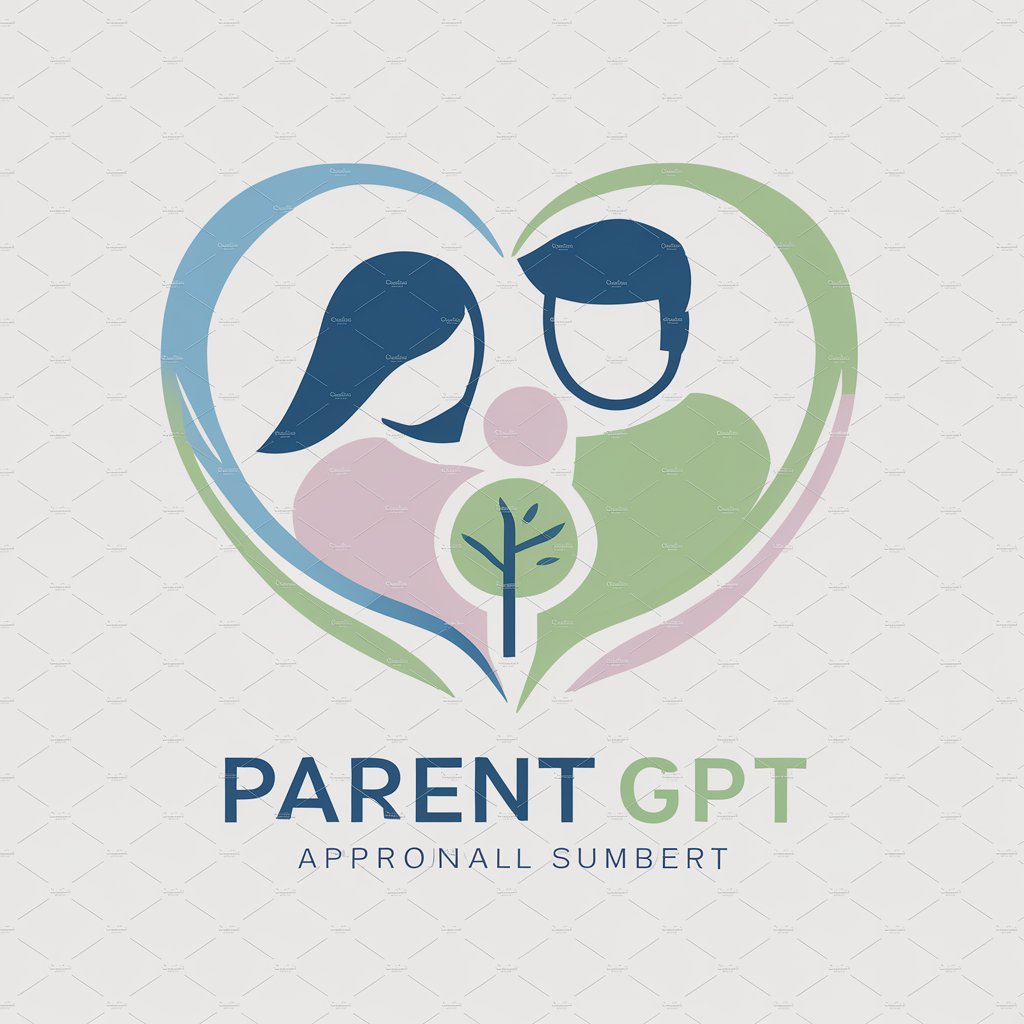
Parent Helper
Empowering conversations through storytelling

Q&A on Qual Data and Research Sage
What makes Qual Data and Research Sage unique for qualitative research?
Qual Data and Research Sage stands out for its AI-driven capabilities to automate the coding and analysis of qualitative data, making the research process more efficient and insightful.
Can I use Qual Data and Research Sage for academic research?
Absolutely. The platform is designed to support academic researchers by providing tools for in-depth analysis of qualitative data, suitable for thesis work, publications, and other scholarly activities.
How does the platform ensure data security?
Qual Data and Research Sage prioritizes data security with end-to-end encryption for data storage and transfer, along with compliance with international data protection regulations.
Is there a way to collaborate with other researchers using the platform?
Yes, the platform offers collaboration features that allow researchers to work together on projects, share insights, and co-create reports, all within a secure environment.
What types of qualitative data can be analyzed with this tool?
The tool is versatile, allowing for the analysis of various types of qualitative data, including interview transcripts, focus groups, open-ended survey responses, and more, across multiple languages.
